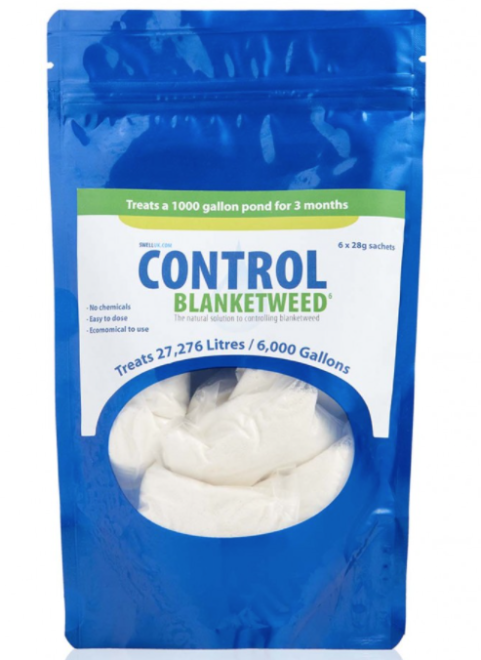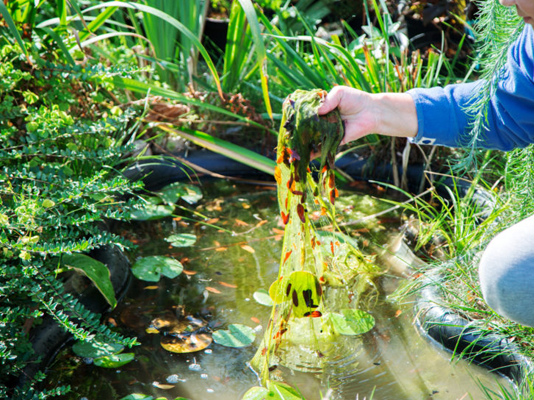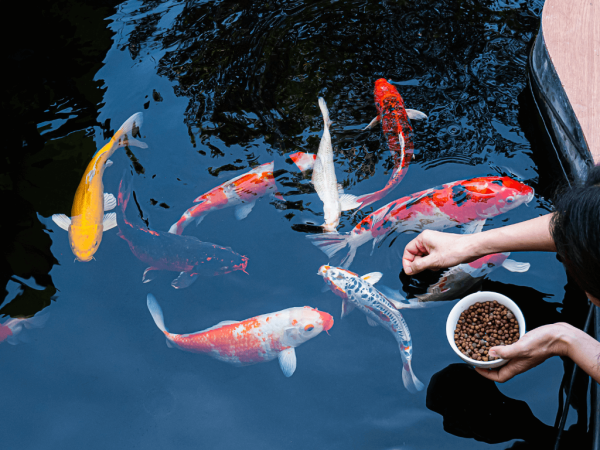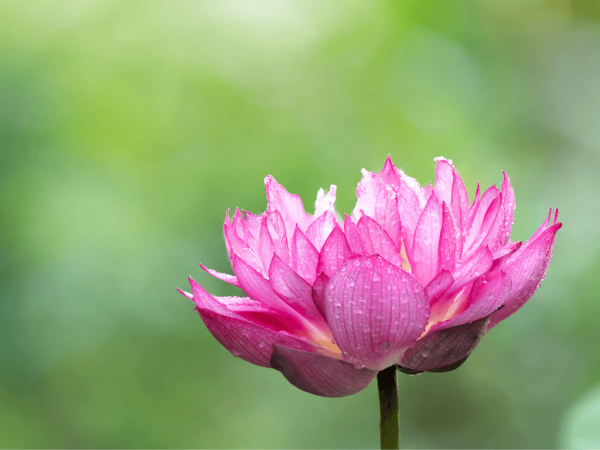How to get rid of blanketweed in a pond
Blanketweed is a real pain, especially at this time of year as long daylight hours, warm water and fish waste fuel its growth.
Its a type of filamentous algae or string algae which starts off growing on the pond walls and amongst plants, but in severe cases it can stretch right across garden ponds and all through the water like a giant green spiderweb, and can even trap fish, especially Sterlet and Sturgeon with their rigid, bumpy, inflexible bodies.
What causes blanketweed?
Being an algae, Blanketweed needs light, water and food to survive. Without those three ingredients it won’t get started in the first place and by controlling two of them, it can help us tackle it once established.
The commonest way it comes into the pond is on aquatic plants like water lilies, although it can become established in ponds with no plants whatsoever, like koi ponds, so its spores are probably airborne.
It uses sunlight to photosynthesize, producing oxygen in the daytime and CO2 at night, so a thick growth of blanketweed can also affect pH levels by swinging oxygen and CO2, and negatively affect oxygen levels at night.
Its most common in ponds with high pH (hardwater areas,) and high phosphate levels in the tapwater. But excessive light is also key, and ponds in full sun and no shading are the most prone.
How can I get rid of blanketweed?
The first thing to do is manually remove as much of it as you can. Use a blanketweed brush and even scissors if you need to, to cut it off, twizzle it round, and remove. Use a net to catch as many free-floating particles as you can as you don’t want it to block your pump or filter. It can then be placed into garden compost.
Examine your filtration in general, as free-floating dirt particles can be all blanketweed needs to get started, as it can trap the dirt and extract nutrients from it for growth. Ensure you have good mechanical filtration and that you clean your filter regularly to flush dirt from the system.
In fishless wildlife ponds the blanketweed should use up all the excess nutrients and then starve itself out through lack of food. Microscopic pond life will then help to break down the weakened algae and consume it.

When to use a blanketweed treatment
Once you’ve removed as much you can, use a blanketweed treatment. Some work gently by releasing bacteria into the water to help clear up excess nutrients, helping to starve the algae.
Others work by adding a mineral and enzyme mix, clouding the water and altering the chemistry to weaken the blanketweed and interrupt its growth and strength. While Barley straw releases Hydrogen Peroxide, a natural algaecide.
Barley straw is literally a mini bale of straw that you float in the water. But for other treatments accurately calculate your pond volume, treat, and leave.
How to prevent blanket weed
Stopping blanketweed can go right the way back to the original garden pond design. Don’t site the pond in the middle of the garden in full sun, and if you do, consider a pergola with shading or a sail, which will make a huge difference.
Test your tapwater and pond water for pH, GH, KH and phosphate, and if they are high, take steps to lower them as Blanketweed is much less prevalent in soft water with low phosphate than hard water with high phosphate. Rainwater or even Reverse Osmosis water may be preferable to tap water in severe cases.
The pH of the pond water can be adjusted down and phosphate controlled with a phosphate remover. Shade the pond, manage mechanical filtration, pH and phosphate, plant heavily with fast growing pond plants and Blanketweed and other algae growth may never take hold.
A product aimed at Blanketweed control can also be used ahead of time as a form of prevention.









